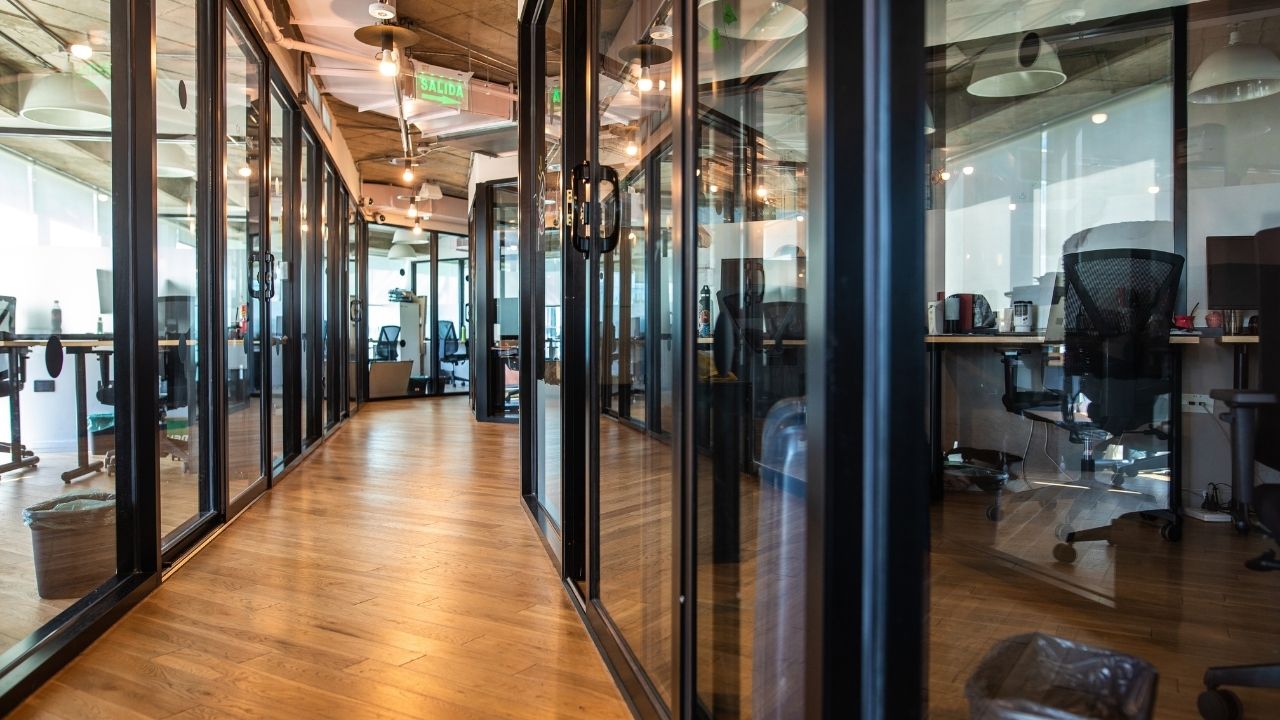A new paper from Harvard Business School weakens the argument of returning to the workplace full-time.
“Is Hybrid Work the Best of Both Worlds? Evidence from a Field Experiment” supported the idea that the hybrid arrangements are the preferred arrangement for employees.
During the summer of 2020, 100 human resource employees were randomly assigned various hybrid work schedules. Over the course of nine weeks, the first group spent zero to eight days in the office, the second group spent between nine and 15 days, and the third group spend over 15 days.
The second group reported higher levels satisfaction with remote work, better work-life balance, decreased feelings of isolation, and was determined to produce more original work compared to the other two groups.
“Intermediate hybrid work is plausibly the sweet spot, where workers enjoy flexibility and yet are not as isolated compared to peers who are predominantly working from home,” the report stated.
While this provides concrete evidence about preferred future work arrangements, managers who have become adamant about a full-time office return may not view these findings as insightful.
Despite plenty of research highlighting the perks of hybrid work arrangements, business leaders are struggling to break the cycle of pre-pandemic norms, with many citing the need for in-person collaboration.
They have a point, too. Working from home full-time has had its fair share of downsides, including diminished work-life balance and increased mental health problems. Balance is key here.
Many tech firms are leaving it up to employees to decide their arrangement. Companies like Twitter and Meta have revealed that staffers can have the ability to work remotely full-time, while Apple and Google are taking a sterner hybrid approach.
One thing is clear amidst this uncertainty: employees want a say in their arrangement and as a result, working from home at least some of the time is expected to play a part.


 Dr. Gleb Tsipursky – The Office Whisperer
Dr. Gleb Tsipursky – The Office Whisperer Nirit Cohen – WorkFutures
Nirit Cohen – WorkFutures Angela Howard – Culture Expert
Angela Howard – Culture Expert Drew Jones – Design & Innovation
Drew Jones – Design & Innovation Jonathan Price – CRE & Flex Expert
Jonathan Price – CRE & Flex Expert












